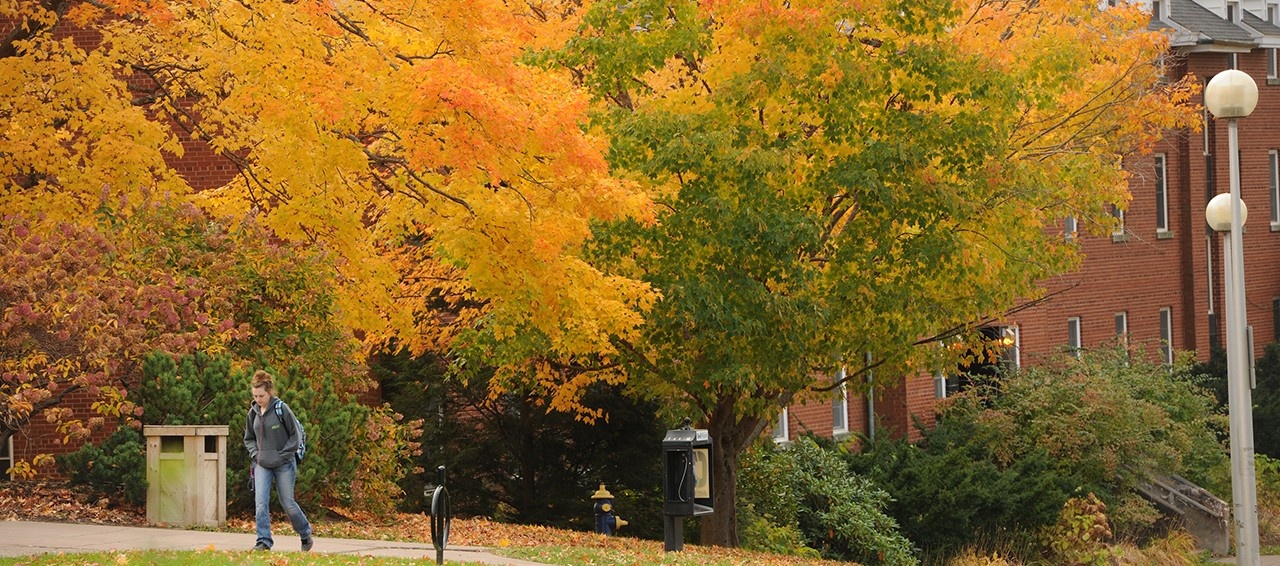Ethiopia PHMIL
Improving livelihoods
Agriculture is the driving force of the Ethiopian economy, accounting for 90 per cent of foreign export earnings and 85 per cent of employment. The difficulty is that post-harvest losses are extremely high, ranging from 20-70 per cent depending on the╠ř crop.
The Post-Harvest Management to Improve Livelihoods Project (PHMIL) focused on reducing post-harvest losses, adding value to existing products, utilizing waste products, monitoring quality and improving products to maintain nutritional quality and achieve export-level standards.
The Faculty of Agriculture╠řpartnered with the Jimma University College of Agriculture and Veterinary Medicine (JUCAVM) to train instructors in post-harvest management and value-added agriculture techniques.
We also helped to develop BSc and MSc programs, improve library and laboratory facilities and establish a network of universities, industries, government and community groups with expertise and interest in the development of improved post-harvest systems.╠řFurther information about the Post-Harvest Management Department, its facilities and academic programs can be found in this .
Post-harvest technologies developed through graduate student and faculty ░¨▒▓§▒▓╣░¨│Ž│ˇ╠řwas shared with farmers via demonstration sites and a community-based education program.
See more information in the╠ř.
Funding ╠ř
As a Tier 1 project of the University Partnerships in Cooperation and Development Program, the Post-Harvest Management to Improve Livelihoods Project was funded by the through the╠ř
Other contributions
Contact╠ř
Project and Research Coordinator
International Office
Dalhousie Faculty of Agriculture
╠ř
